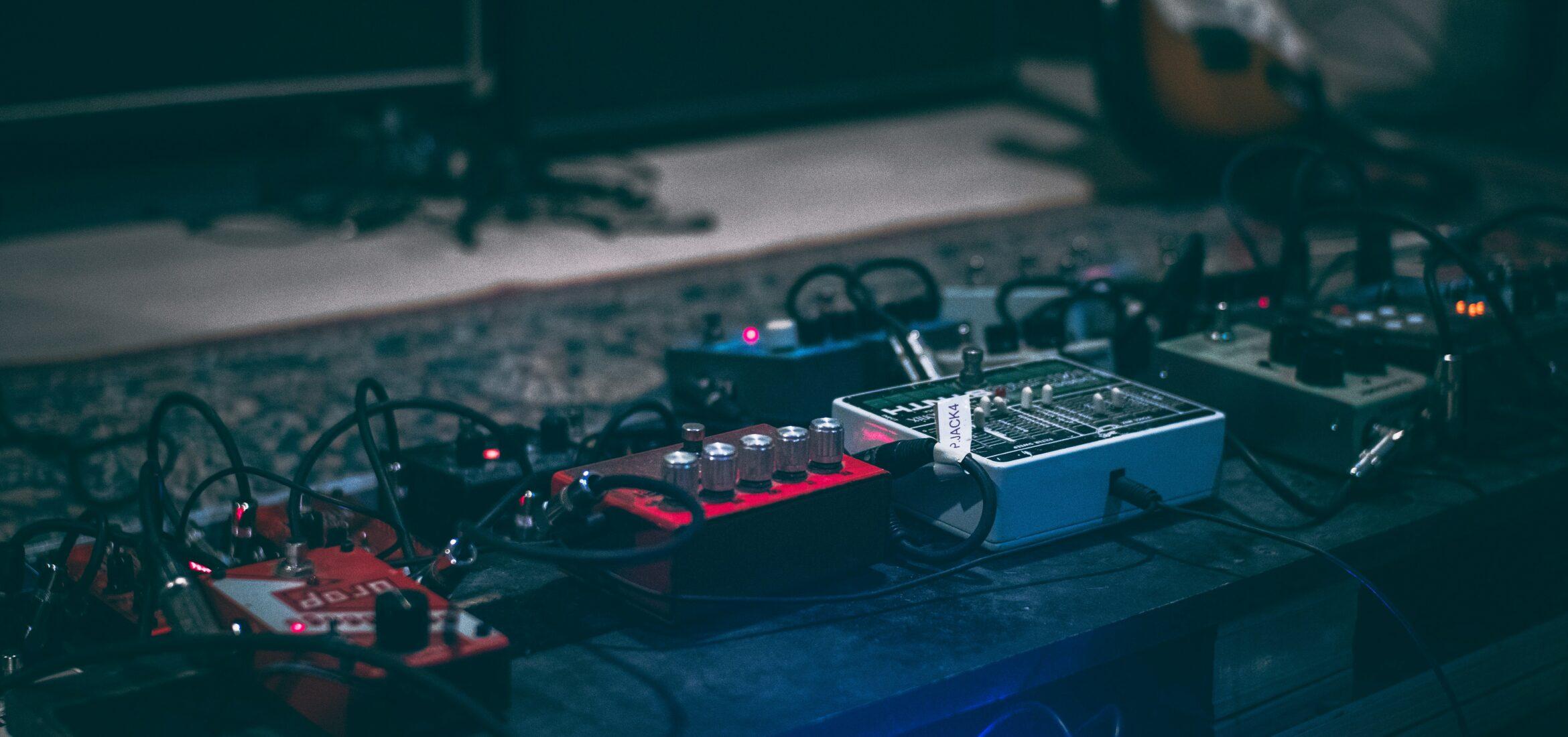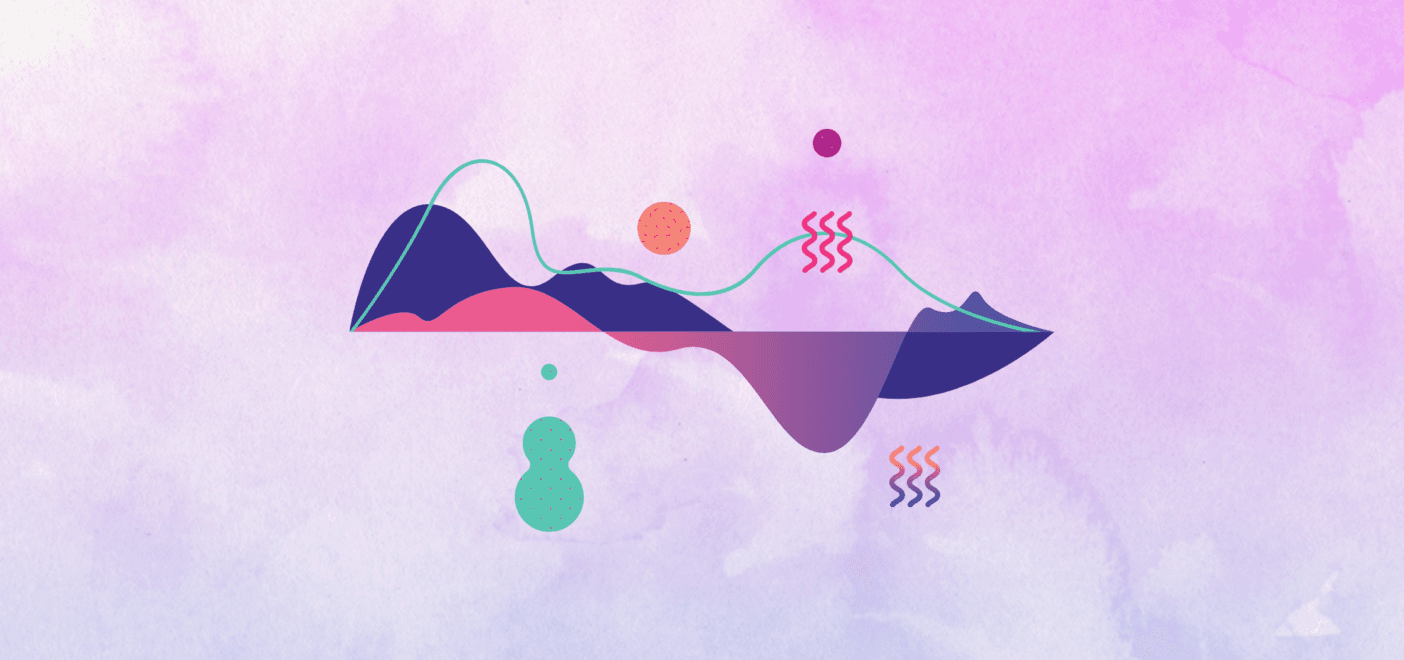Music production isn’t just about technical knowledge or skill; it’s about expression. You can know every trick in the book about mixing with EQ or using compression, but if the song doesn’t evoke any feelings, you’re doing it a disservice. There are several ways to make a mix more expressive. Performing with grit and emotion is the most obvious way, but there are also tools that enhance an instrument’s character, tone, or length. One of the most popular of these tools is the delay effect. There are several types of delay, each with distinct characteristics and applications. Here, we’ll go over five of these delay types and how you can use them to make your mix more expressive.
1. Analog And Tape Delay
The earliest delay types in music were pre-digital, born in the budding Rock and Roll era of the 1950s. The primary analog delay device during this time was the tape delay. As the name suggests, these machines used magnetic tape strips to quickly record, playback, and then delete audio sent to them. This resulted in a delay effect that would later be emulated by digital technology. The Echoplex and Roland Space Echo were some of the most commonly used tape delay types of this recording era.
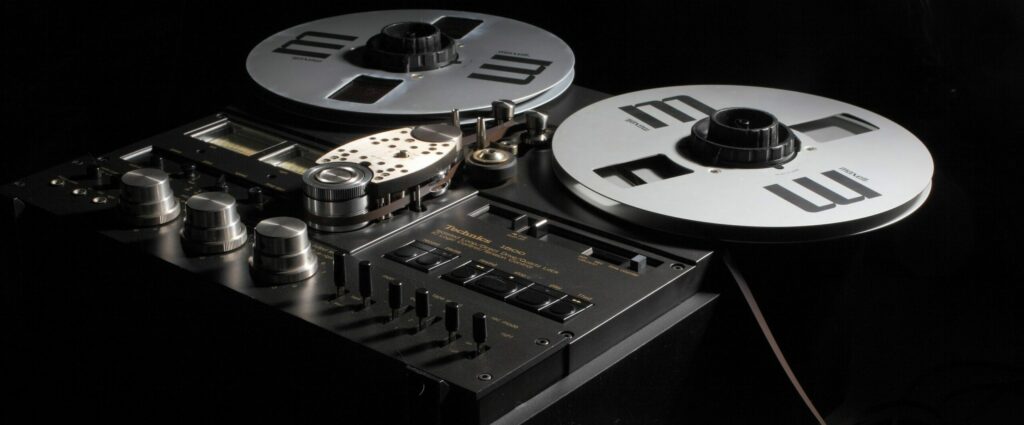
Analog delay types like tape delays are still used by some artists and producers today. Some prefer the vintage authenticity of these sounds, especially for guitar recording. Fortunately, for those who like to keep it simple, companies like Boss and Roland have created digital tape delay effects. These effects mimic with great accuracy the delay sounds created by actual tape delays. There are also tape delay plug-ins available in most DAWs like Logic Pro and in amp modeler software. All these digital delays essentially perform the same function as analog delays, but more reliably and with easier manipulation.
2. Looping Delay Effect
The digital era made the use of delay effects simpler, more effective, and allowed for even more experimentation. With digital technology, some artists can capture the sound of an entire band all by themselves. This can be achieved by sampling instruments, of course. But for those seeking a more improvisational performance, looping is a helpful tool.
Like any other delay type, looping records the audio being sent to it and plays it back. Unlike other delay types, however, looping doesn’t allow the sound to decay. Rather, it plays the audio back on a continuous loop. This loop can be manually altered, stored, overridden, or deleted. For live performance, multiple loops can be stored and played over one another, allowing just one musician to create several sounds in concert with one another.
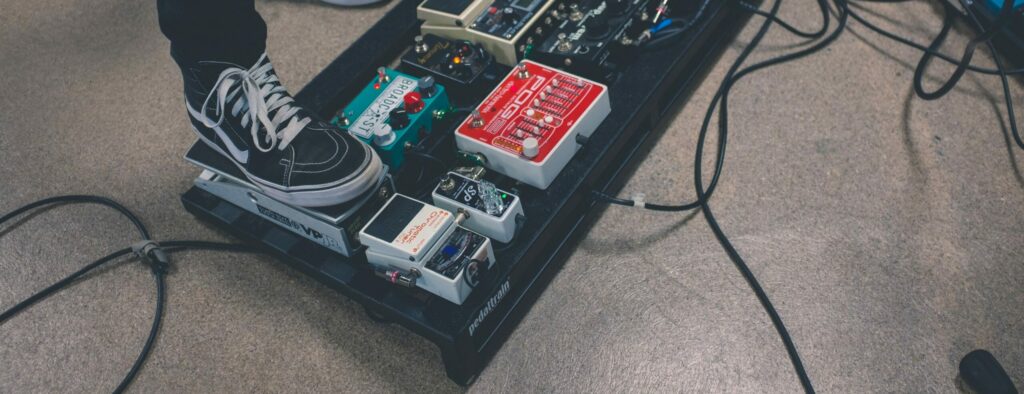
The term looping is also used in digital recording. While this is a different type of looping, the idea is similar. A region of time can be highlighted in the DAW, which can then be looped, or played over and over again automatically. This is especially helpful for mixing a particular section or recording several takes via comping.
3. Slapback Echo
This type of delay effect is very quick and punchy, mimicking a natural echo one might hear in a large open room or live setting. In other words, this is a more subtle delay setting that’s great for making guitar and vocals stand out just a bit. In fact, this was often used in the 50s and 60s by artists like Elvis Presley and The Rolling Stones. On a standard digital delay pedal, the feedback knob would be turned down quite a bit, and the delay time knob turned up. This results in a short burst of delay that’s more of an echo than anything. Slapback echo can even be used for mixing and recording drums to make them sound bigger.
4. Doubling Echo
Doubling echo is very similar to slapback echo in terms of its feedback time, but it has a shorter delay time. This results in a doubling effect. It’s a bit like recording the same thing from two different directions and overlaying the resultant tracks. The delay time here is so short that the delay is hardly perceived. However, doubling echo can greatly thicken up a vocal recording, similar to doubling vocals. It’s also often used for recording guitar with a stereo effect. A commonly used doubling echo pedal is TC Electronics’ Mimiq Doubler.
5. Modulated Delay Types: Chorus/Flangers/Phasers
Sometimes these effects aren’t considered to be delay types, but they indeed derive from delay. However, what makes these effects different from more basic delay options is frequency modulation. To put it simply, a chorus effect takes the initial audio signal, copies it like any other delay effect, and then mixes the resultant sound with the original sound with some alterations in frequency. In other words, the echo you hear won’t be at the same frequency as the input audio. These parameters can be changed with a chorus pedal. For a distinct chorus sound, some people cut off the high and low frequencies and boost the mids. This results in a decay that brings attention to the effect. Chorus effects also split the sound in stereo, widening the signal.
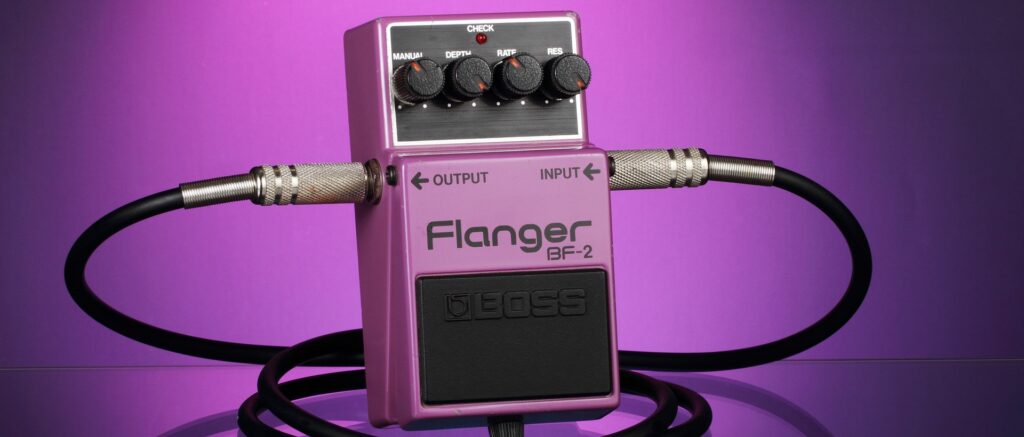
Flange and phase effects differ from chorus effects in a subtle way. Both flangers and phasers continually send the resultant modulated signal back to themselves, resulting in phase shifting that sounds somewhat like a “whoosh.” This occurs because the signal is always moving against itself on the frequency spectrum, canceling and boosting certain frequencies as it echoes. What separates phasers from flangers is simply the type of delay they use. The former uses phase-based delay while the latter uses time-based delay. The effect is similar but different enough technically to warrant different names and pedals. All three of these modulated delay effects can glamorize any song element and add depth to your mix.
Conclusion
Delay is one of the most popular, versatile, and fun tools a producer can work with. For over half a century, musicians have been toying around with delay types, and people are still finding new ways to use them creatively. What are some of your favorite delay types and settings?
About the Author

Ethan Keeley
Writer, Voice Talent, Musician, and Audio EditorEthan Keeley is a musician, voiceover talent, and writer from Rochester, New York. When he's not on tour with his band Unwill he's working on new songs and stories.
Comments
Very Great article
Leave a comment
Log in to comment
